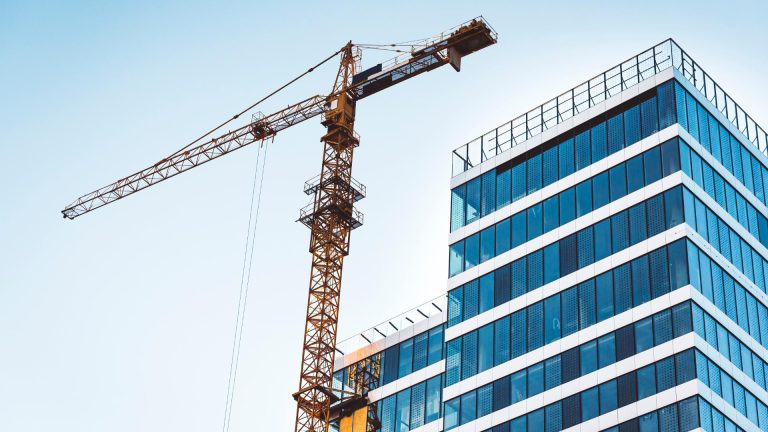Ensuring Safety and Longevity in Infrastructure
Structural Health Monitoring (SHM) is a multidisciplinary engineering approach that involves the continuous or periodic assessment of infrastructure to ensure its safety, functionality, and longevity. With advancements in sensor technology, data analysis, and machine learning, SHM has become an essential tool for detecting potential structural failures before they escalate into catastrophic events. This method is widely applied in various industries, including civil engineering, aerospace, and marine structures.
Principles of Structural Health Monitoring
SHM is based on the concept of identifying changes in a structure’s behavior, which may indicate damage or degradation. The process involves four key steps:
- Sensing and Data Acquisition – Sensors such as strain gauges, accelerometers, fiber optics, and ultrasonic transducers are installed to measure vibrations, deformations, temperature fluctuations, and other structural parameters.
- Data Processing and Transmission – The collected data is processed and transmitted to a central system for further analysis. Advanced wireless sensor networks and cloud-based platforms enhance real-time monitoring capabilities.
- Feature Extraction and Damage Detection – Algorithms analyze the data to identify anomalies, which may indicate the presence of cracks, corrosion, fatigue, or excessive stress.
- Decision-Making and Predictive Maintenance – Engineers assess the findings and decide on necessary maintenance or reinforcements, preventing failures and optimizing the structure’s lifespan.
Applications of SHM
SHM is utilized across multiple sectors to enhance safety and efficiency. Some notable applications include:
- Bridges and Highways – Continuous monitoring of load-bearing structures helps prevent collapses and ensures compliance with safety regulations.
- Buildings and Skyscrapers – Earthquake-prone areas benefit from SHM systems that detect early signs of structural instability.
- Aircraft and Aerospace Structures – The aviation industry uses SHM to monitor fatigue and stress on aircraft components, reducing maintenance costs and improving flight safety.
- Dams and Offshore Platforms – SHM plays a crucial role in detecting leaks, corrosion, and other potential threats in hydropower and oil-extraction infrastructure.
Advantages and Future Prospects
The adoption of SHM systems provides several benefits, including enhanced safety, reduced maintenance costs, and extended service life of structures. Emerging technologies such as artificial intelligence, digital twins, and IoT-driven analytics are further revolutionizing SHM, enabling automated diagnostics and predictive maintenance.
As infrastructure worldwide continues to age, the importance of SHM cannot be overstated. By integrating intelligent monitoring systems, engineers can ensure the resilience and sustainability of critical structures, ultimately safeguarding human lives and economic investments.







